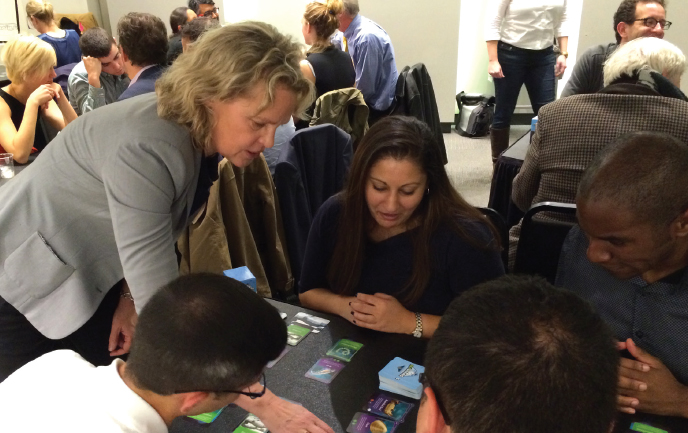WHY COMMUNICATE?
From a chemist’s perspective, chemistry is at the heart of many of society’s conversations, including such topics as the safety of food and medicines, the consequences of ocean acidification, ensuring access to clean water, and the mechanisms and effects of climate change. For many reasons—a sense of responsibility for bringing the voice of science to conversations, a desire to share the joy of chemistry with others, a drive to encourage the next generation to pursue chemistry as a career, or others—some chemists endeavor to engage the public through public communication activities.
What motivates chemists?
Four leading goals of chemists emerged from a recent landscape study1 commissioned by the Committee on Communicating Chemistry in Informal Settings at the National Academies of Sciences, Engineering, and Medicine on the motivations for chemistry communication:
- increase public appreciation and excitement for chemistry as a source of knowledge about the world,
- develop scientifically informed consumers (i.e., consumers who can use chemistry information to make decisions or solve problems),
- empower informed citizen participation in democratic processes, and
- encourage workforce development in the chemical sciences.
Other motivations identified from research on informal science learning and science communication include developing an appreciation for science as a way of knowing and building trust.
___________________
1 The results of the landscape study are summarized in NASEM (2016) and the full landscape study report can be accessed at http://www.nas.edu/communicatingchemistry.

What do chemists gain?
Interactions during a public communication activity may bring a chemist unexpected insights, not only into his or her own work, but also into what is important to society, for example, local concerns about a chemical’s impact on water. They can also expose a lack of understanding about terms a chemist often uses to describe his or her research, or difficulties in understanding concepts. Excerpts from interviews conducted by Inverness Research Associates in 2009 illustrate what scientists gain from public communication activities:
- “Every time I’ve seen a scientist engaged with the public, they get a better understanding of their own research and its contact with society, and how their research actually impacts people and the environment.”
- A benefit of this work is “just understanding what the concerns are of the general public, what they know, and what they don’t know.”



